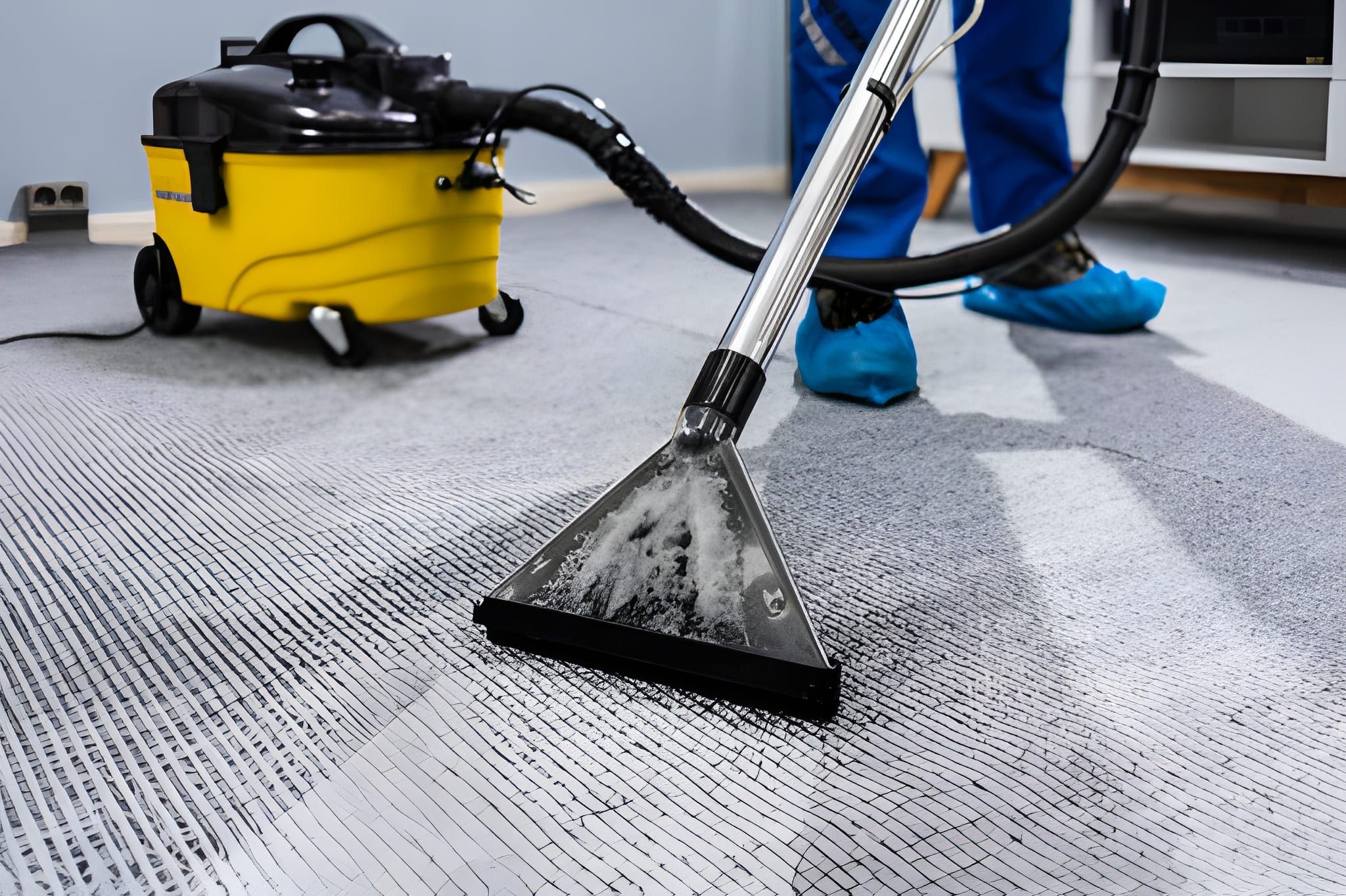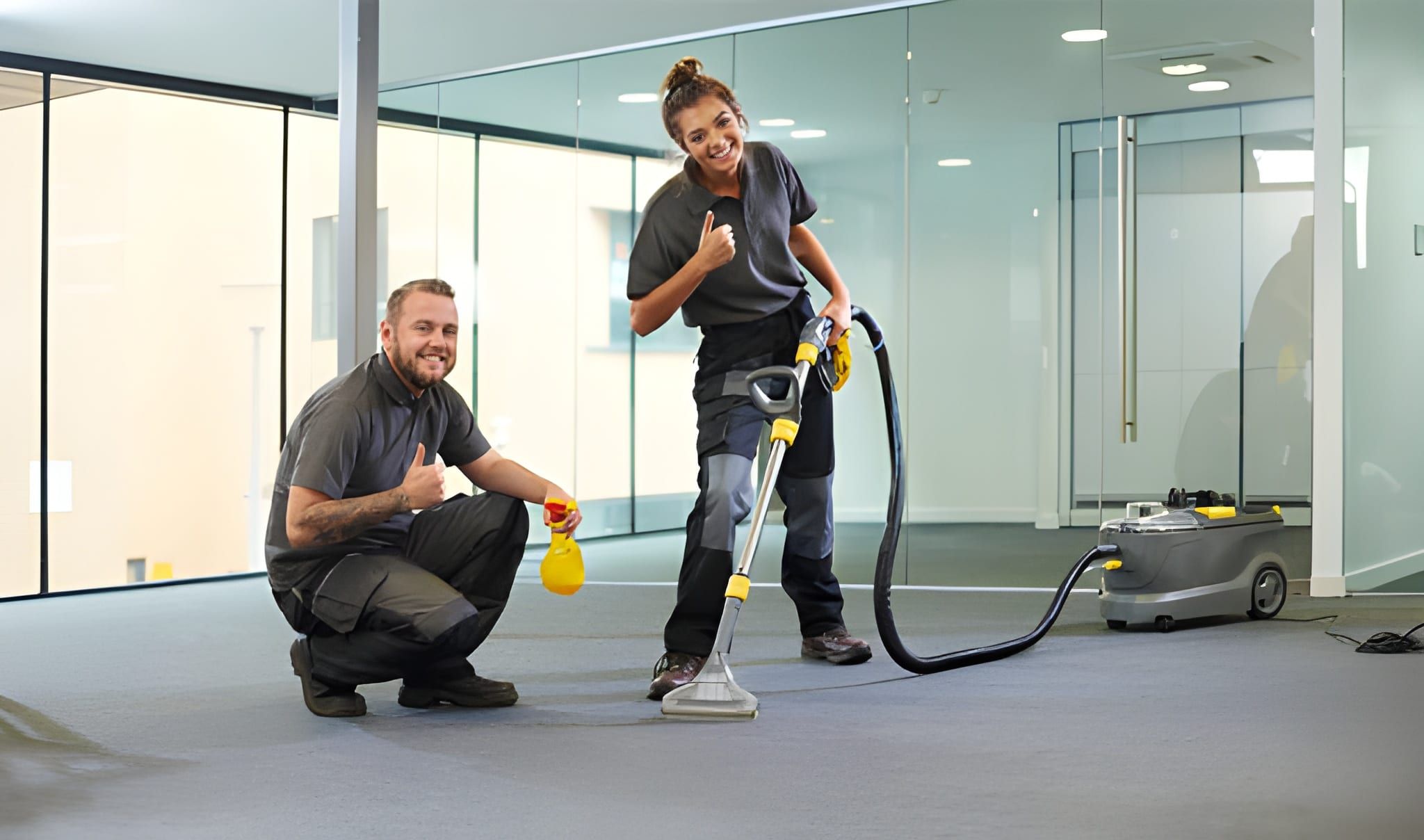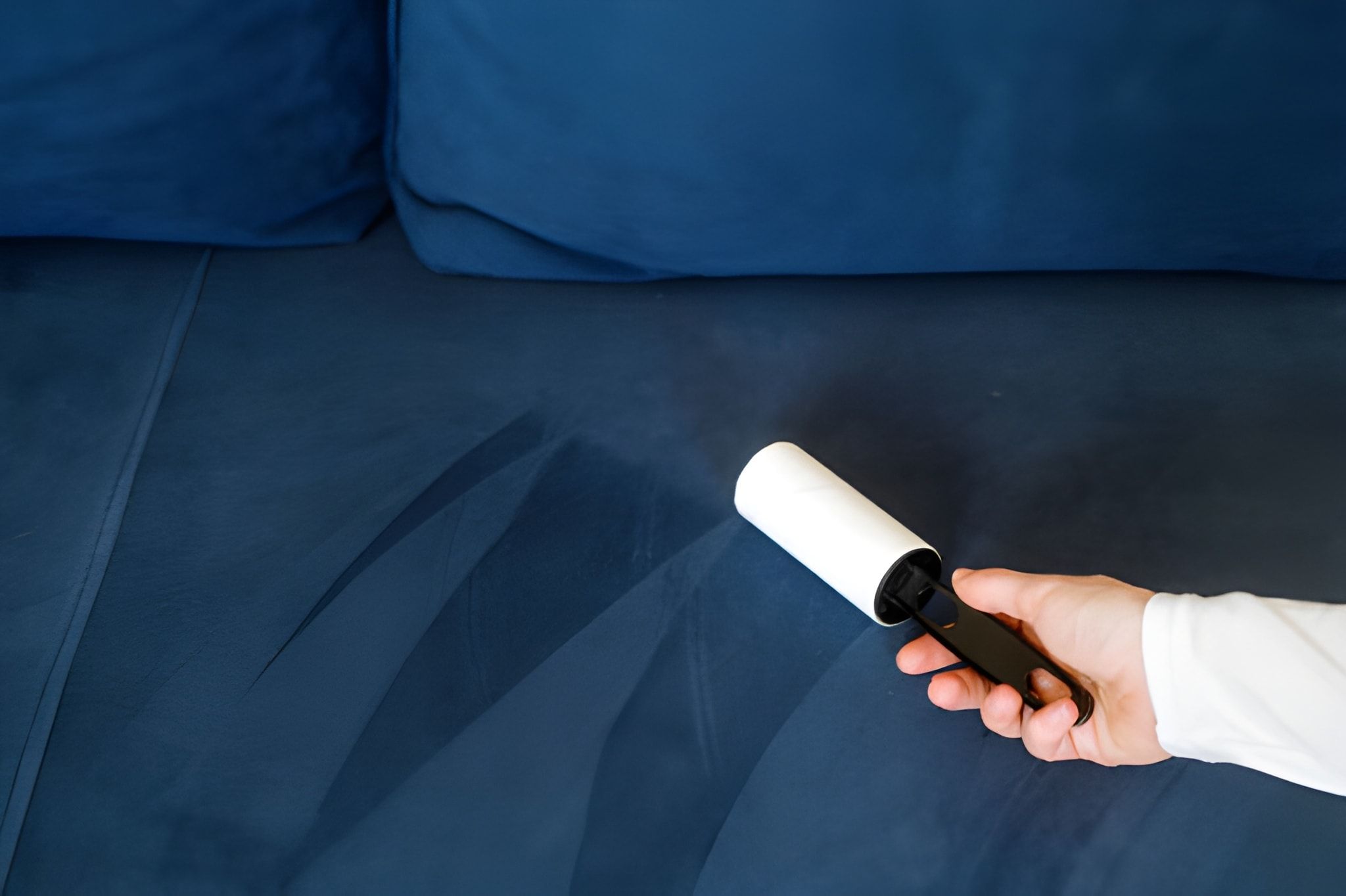
The Ultimate Guide to Carpet Cleaning Every Homeowner Should Read
You know that feeling when you sink your feet into a soft, freshly cleaned carpet? It’s one of life’s quiet pleasures, until one morning you realize the once-ivory threads now look a little tired. Between the spills, muddy shoes, and occasional pet accidents, carpets carry more stories than we care to admit. Yet most homeowners underestimate how much dust, bacteria, and allergens live deep within those fibers.
Ignoring it doesn’t just dull the look; it can mess with the air you breathe and even your family’s health. When I first moved into an older house, I thought vacuuming twice a week was enough. A professional deep clean proved me wrong. The air literally smelled lighter, and the colors returned. That’s when I learned that Carpet Cleaning isn’t a luxury, it’s a form of home care that quietly protects everything you love indoors.
Understanding the Importance of Carpet Cleaning
Carpets act like giant filters, trapping dust, pollen, and microscopic debris. When neglected, they release particles every time you walk over them. That slow release can irritate allergies and make your home smell musty.
Extends carpet lifespan and color vibrancy
Improves indoor air quality
Keeps your home looking polished and inviting
Regular maintenance and scheduling professional carpet cleaners at least once a year can prevent costly replacements.
Common Carpet Issues Homeowners Face
Every home has its own battle scars, spilled coffee, pet hair, or muddy paw prints. Some of these stains look harmless at first but seep deep and harden over time.
Food and beverage spills that stain and attract ants
Pet accidents leaving odors that linger for weeks
Dust and debris buildup that dull fibers
The longer these are left untreated, the harder they become to remove. The trick is prompt attention paired with periodic deep cleaning.
Different Types of Carpet Cleaning Methods
There’s no one-size-fits-all approach to cleaning carpets. Professional cleaners use various techniques depending on the fiber, texture, and soil level.
Hot Water Extraction (Steam Cleaning): Deep cleans fibers and removes tough dirt.
Dry Cleaning Method: Ideal for delicate materials requiring minimal moisture.
Bonnet or Encapsulation Cleaning: Perfect for surface refreshes between major cleanings.
If you’re unsure which fits your flooring, always ask your cleaner to test a small spot first.
Why Hire Professional Carpet Cleaning Services
While DIY machines look tempting, they rarely match the power or precision of professional gear. Expert cleaners know how to balance water, heat, and detergent ratios to avoid over-wetting or damaging fibers.
Removes allergens, bacteria, and hidden residues
Prevents carpet shrinkage and discoloration
Saves hours of manual scrubbing and drying time
Professionals also spot early signs of wear or mold you might miss, protecting your investment before it’s too late.
How Often Should You Clean Your Carpets?
Frequency depends on lifestyle. A home with pets or kids will need more upkeep than a quiet apartment. Still, most carpets benefit from a thorough wash at least once a year.
Light-traffic homes: every 12–18 months
Homes with pets or kids: every 6–9 months
Busy spaces or offices: every 3–6 months
A quick refresh between appointments helps maintain cleanliness and prevent stains from settling.
DIY Carpet Cleaning Tips for Homeowners
You don’t always need to call in the pros for small messes. A few household tricks can help maintain freshness between deep cleans:
Blot—don’t rub. It spreads stains and pushes dirt deeper.
Use baking soda to absorb odors before vacuuming.
Vacuum slowly and deeply. Rushing misses embedded dust.
Just avoid overusing harsh detergents, they can stiffen fibers or leave sticky residue that attracts more dirt.
Eco-Friendly Carpet Cleaning Practices
Families are becoming more conscious about what products they bring indoors. Eco-friendly cleaning not only protects your carpets but also your pets, kids, and lungs.
Choose biodegradable, plant-based solutions
Avoid chemical-heavy sprays that linger in the air
Partner with green-certified carpet cleaning services
Eco cleaning options may cost slightly more but pay off in health and environmental benefits.
FAQs About Carpet Cleaning
1. What’s the best way to remove stubborn stains?
Act quickly, blot with warm water and mild detergent. For old stains, use steam or enzyme-based solutions.
2. Can professional carpet cleaning damage my carpet fibers?
Not if done by trained technicians using proper methods for your carpet type.
3. How long does it take for carpets to dry after cleaning?
Typically 6–12 hours depending on humidity, ventilation, and cleaning method.
4. Is eco-friendly carpet cleaning as effective as traditional methods?
Yes, modern green products clean just as thoroughly without leaving harsh residues.
5. How do I prepare my home before cleaners arrive?
Move light furniture, vacuum once, and point out any problem spots to your cleaner.
Conclusion: Why Regular Carpet Cleaning Matters
Clean carpets do more than make a home look good—they make it feel safe, healthy, and truly lived in. Regular Carpet Cleaning not only extends your flooring’s life but also adds freshness you can see and breathe. Whether you prefer professional carpet cleaners or handle small touch-ups yourself, consistency is the key.
Refresh Your Home with Expert Carpet Cleaning Services
Ready for cleaner, softer floors? Contact our trusted Carpet Cleaning specialists today for fast, reliable, and eco-friendly service that leaves your home spotless, comfortable, and completely renewed.
More Blogs
Categories






Leave a Reply